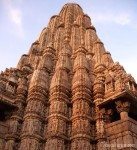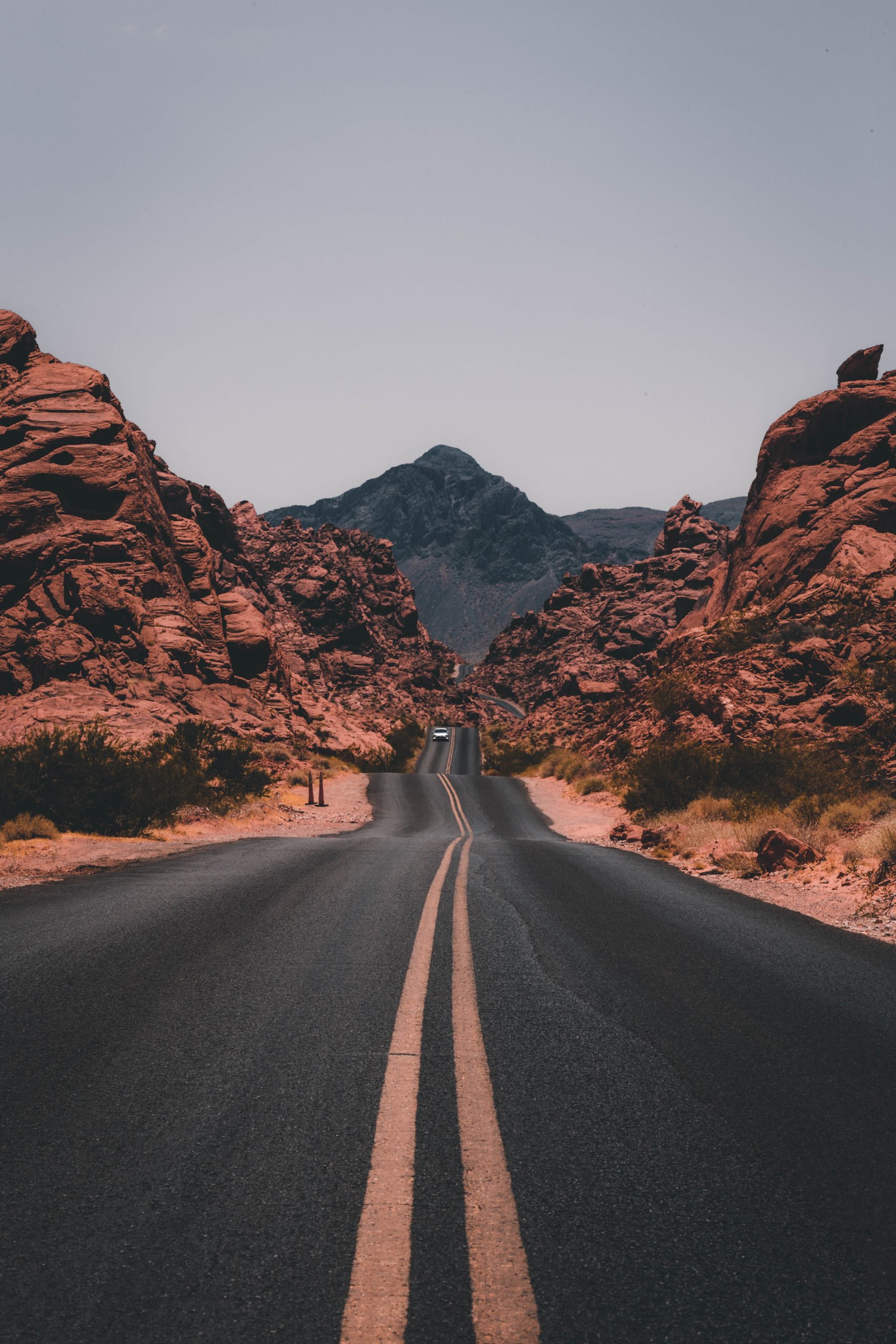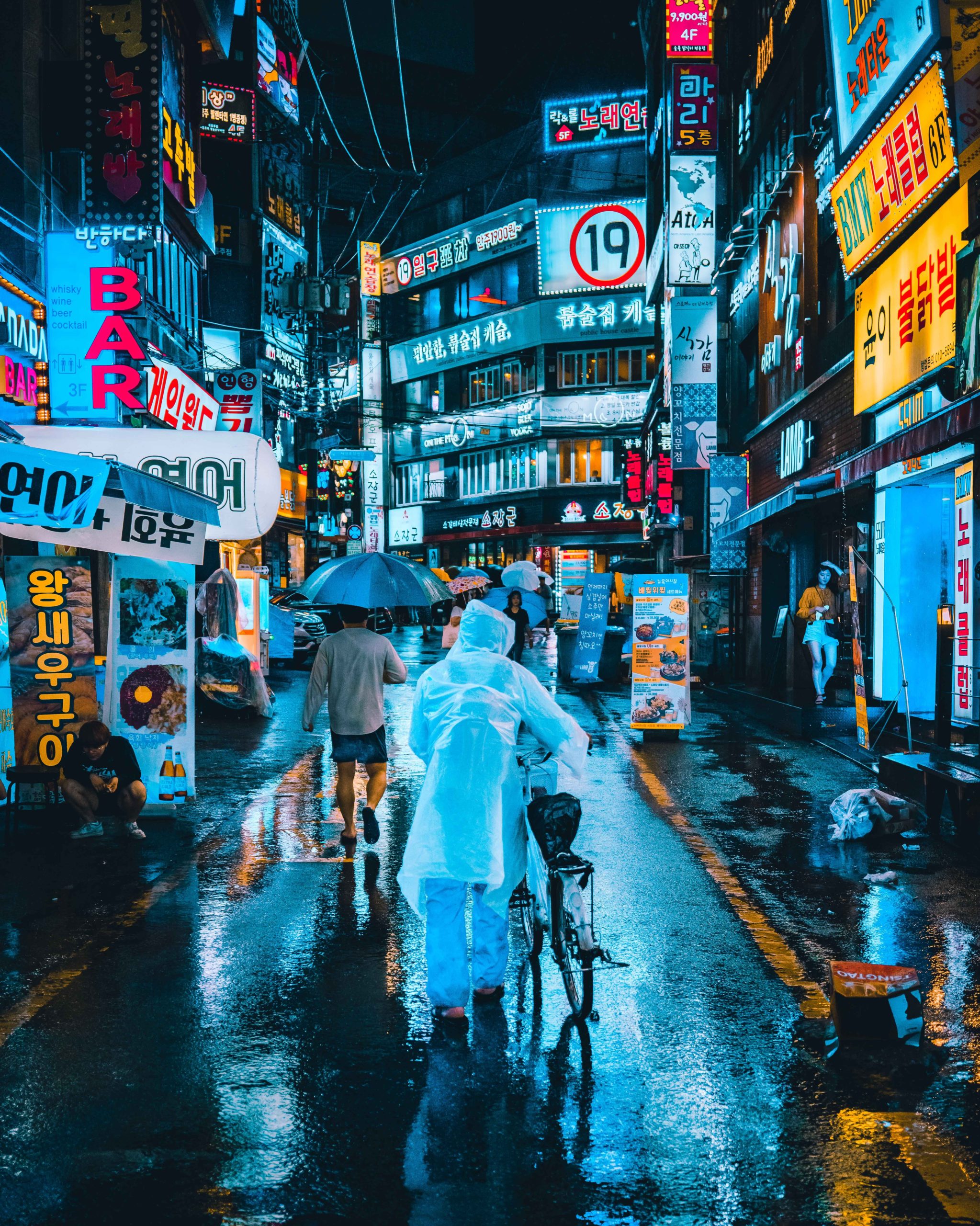Eroticism meets culture.
Yes, you read that right.
Eager to escape the polluted chaos of Delhi, we headed to the small town of Khajuraho, located in the central Indian state of Madhya Pradesh for the weekend. We were told Khajuraho was one of those touristy destinations where you’d find a 2:1 tourist to local ratio. Though the statistic was slightly off-putting, we embarked on our journey anyway. The idea of cultural erotic temples was too intriguing to pass up. After an 8-hour train ride from Delhi to Jhansi, we hopped onto a local bus and traveled another 2 hours until we found ourselves in the quaint, historical town of Khajuraho. Though exhausted from the long journey, we were revved up to start exploring as soon as possible.
The first thing we did was rent bicycles from a local shopkeeper. We figured it was the best way to explore the town, get some exercise, engage with locals, and fuel the local economy. In hindsight, it probably wasn’t the smartest idea considering the incredibly rough, unpaved roads. But even with the dysfunctional brakes, hidden potholes, and extremely narrow alleyways, we still managed to maneuver our way through the dirt paths and visit all 17 temples that were sprawled across town. And all in the span of two days. We could have actually covered the entire ground in one day, but we had, ahem, some injuries to tend to.
The pristine air was such a refreshing change from Delhi. Though it felt like a sweltering jungle with temperatures in the high 90s, we were still thankful that we didn’t have to hold our breath every time we stepped out.
Now onto the temples:
The temples are grouped into three geographical zones: western, eastern, and southern.
Exclusively carved out of sandstone, the delicate structures are adorned with elaborate erotic carvings from top to bottom, vividly depicting couples in courtship, royal scenes, battles, marriage, meditation, sexual intercourse, and other daily life rituals. The intricacy of the tantric poses beg appreciation and offer a unique history lesson about the way of life in ancient India. One of the most striking aspects, perhaps, is how the women are skillfully and beautifully defined–strong, voluptuous, and idealistic.
But before your mind goes wild, it’s important to note that the sensual aesthetics are meant to be a celebration of love and life, and while boldly erotic, they are not considered vulgar. Approach them as a cultural landmark that pay homage to the many Hindu deities and the ancient lifestyle.
All the temples are constructed in the typical North Indian architectural style of Shikhara, which explains the rising towers of the temple peaks. And although the exact time of construction is unknown, experts do speculate that they were built some time during the 9th and 10th centuries. But upon seeing the immaculate preservation of the ancient relics, it’s hard to believe they were built that long ago.















